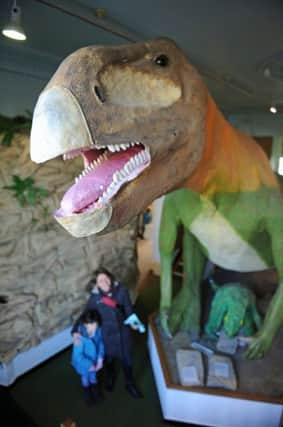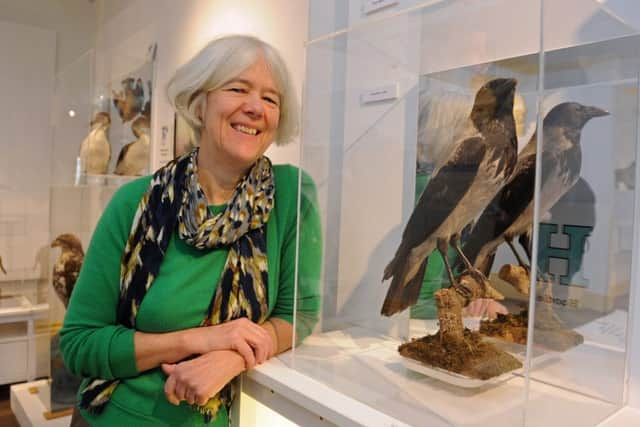A natural day out for inquisitive young minds


The museum has recently undergone a refurbishment to open up the exhibition space, making it more accessible.
A collection of creatures has also gone on show, with specimens ranging from a stuffed eagle to pickled frogs.
Advertisement
Hide AdAdvertisement
Hide AdCumberland House, on Eastern Parade, Southsea, is a popular attraction for families and in the summer months its butterfly house is full of children spotting the colourful insects.


In spring, the museum has another feature which families love. The beehive shows the work of hundreds of bees and regular talks by beekeepers teach children how the bees work to make the hive and keep it going.
Despite two of its attractions lying dormant in winter, the museum still attracts lots of families and Jane Mee, Portsmouth museums and visitor services manager, says the recent re-development has made it more popular.
She says: ‘In the past couple of years we have worked hard to make the inside of the museum wheelchair-friendly.
Advertisement
Hide AdAdvertisement
Hide Ad‘We have opened up the whole of the downstairs so it is quite accessible for people in wheelchairs. It now means they have access to the butterfly house.


‘Just the way the exhibitions have been laid out means it feels a lot more open than it used to be.
‘Developing the space was really interesting because we got to see the original architecture of the building, which was lovely.’
The new open space has been used for the museum’s A to Z of Natural History Exhibition. The displays show a variety of animals and fossils, including a rib bone from a whale and an otter.
Advertisement
Hide AdAdvertisement
Hide AdIt also includes an eagle and ducklings for feathered friends (the letter F) and a shark jaw for the letter T, which stands for teeth.
Jane adds: ‘The A to Z is full of interesting single items. We have not got a lot of whole animals but we do have, for example, the rib of a whale.
‘We needed an exhibition which could show off these single items and still make them work together.
‘It is just full of really interesting objects laid out for people to see and appreciate.
Advertisement
Hide AdAdvertisement
Hide Ad‘I also think it shows the breadth of natural history. We have got the very small to the very big and the whole exhibition has been very well-received.’
The display was finished in 2014 and has been a real hit with visitors. Jane says the children especially enjoy having a look.
‘The museum is very popular with families. Children just love natural history,’ she says.
‘The whole re-development has been very well-received and it has been an exciting couple of years here.’
Advertisement
Hide AdAdvertisement
Hide AdThe free museum is run by volunteers who show people around, telling them all the different facts about the natural history collection.
It also has displays which show the wildlife of Farlington Marshes. Jane says she likes visitors to learn about local wildlife as well as animals from across the world.
‘We have the Farlington Marshes display and we really want to add to that side of the museum with an exhibition of Eastney wildlife,’ she says.
‘We want people to get encouraged to go out and try and spot the animals they see here at the museum in their natural habitat.’
Advertisement
Hide AdAdvertisement
Hide AdKathy Glemmon, a group leader, has been helping out for the past two years. She enjoys sharing all the interesting knowledge she has, including the dates the specimens were collected.
She says: ‘This museum is very important. Lots of people come here with children who enjoy looking around.
‘There are lots of interesting things to see and do. When the butterfly house is open, that is very popular but people love to see everything we have here.’
The museum is run with the help of the Friends of Cumberland House Natural History Museum. The group organised for the beehive to be set up and helps with fundraising events.